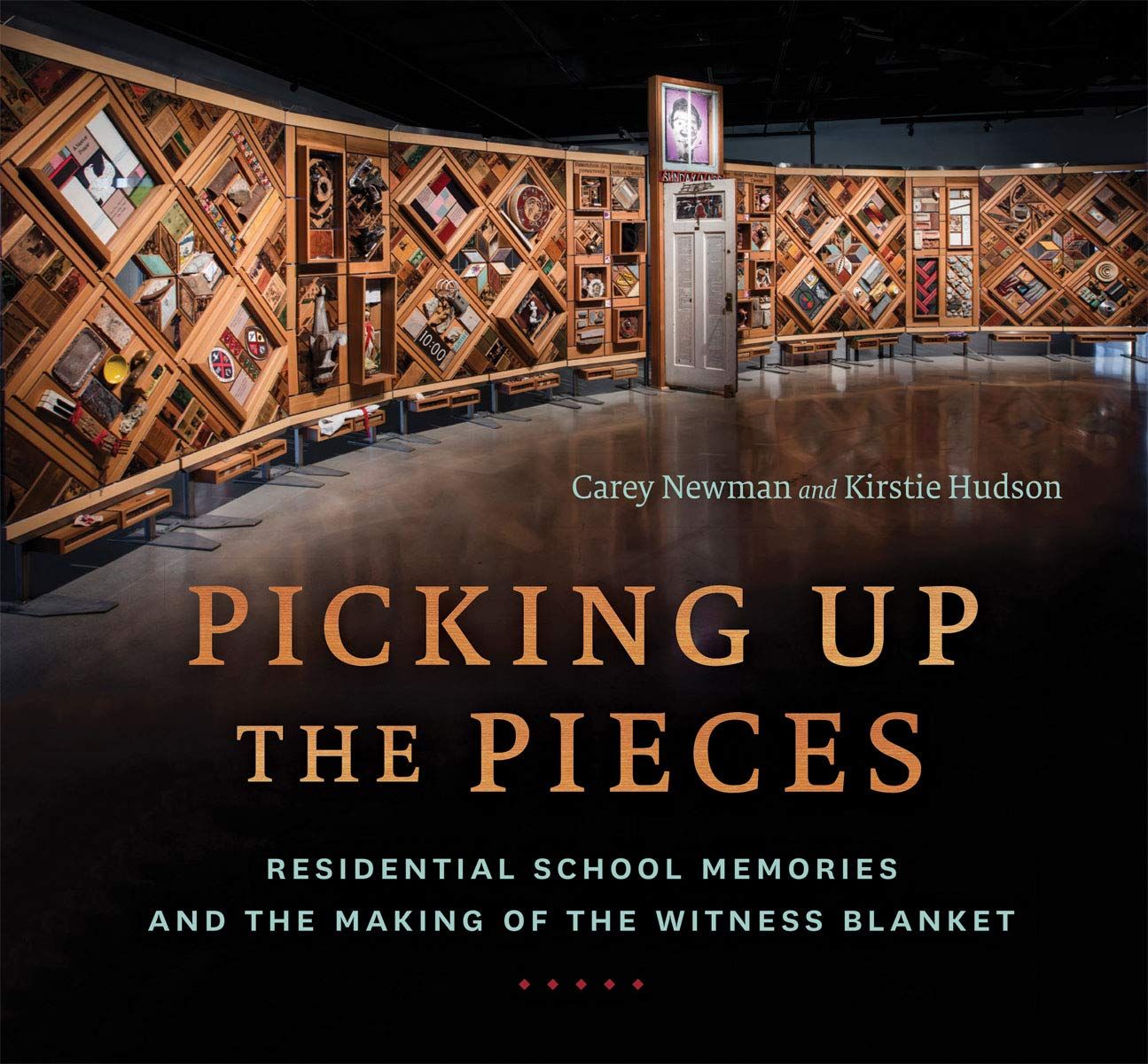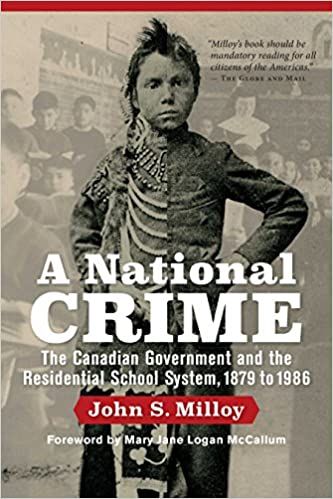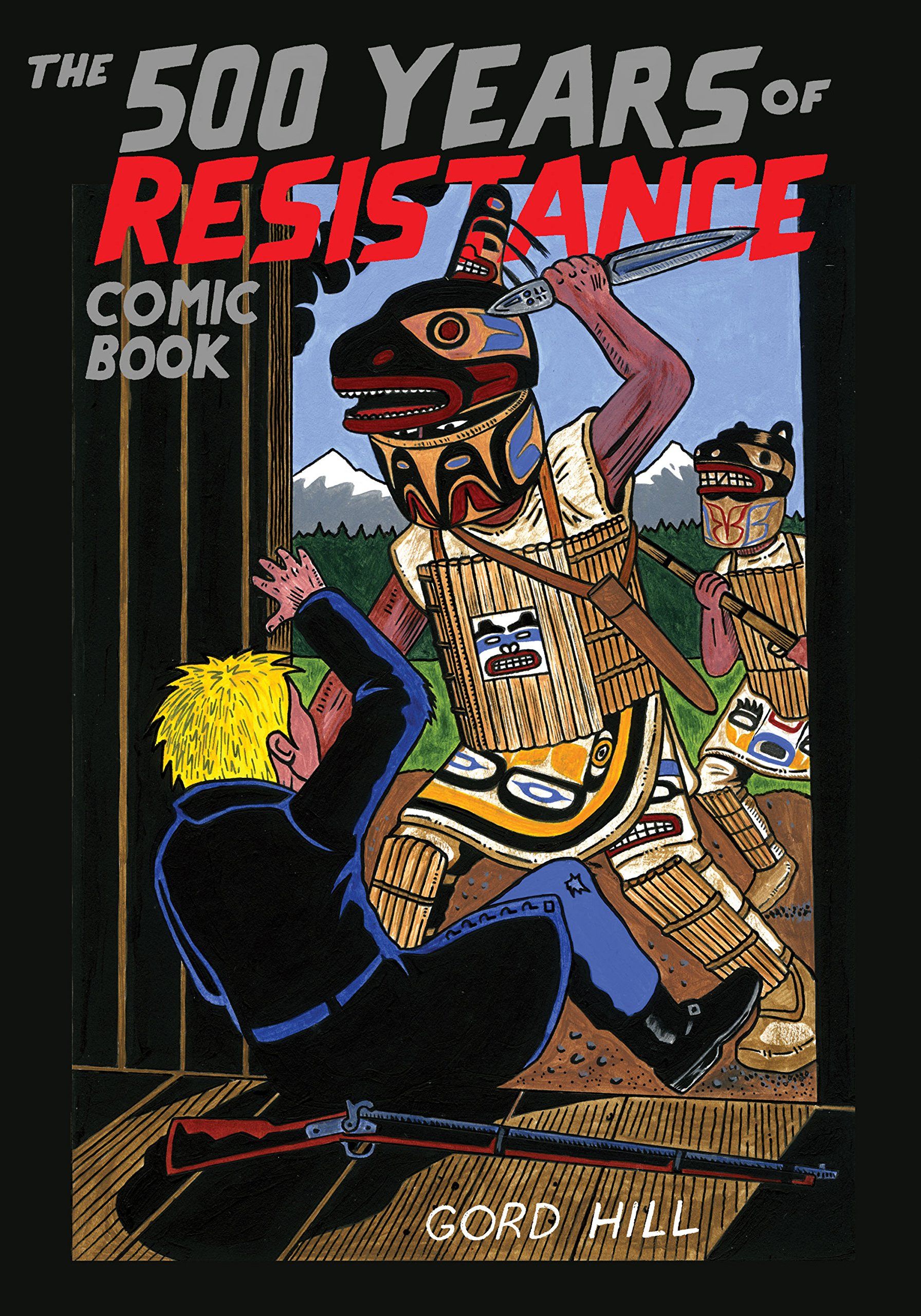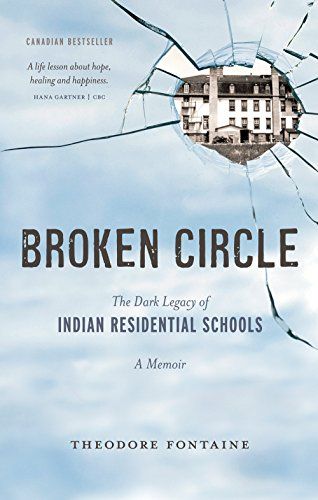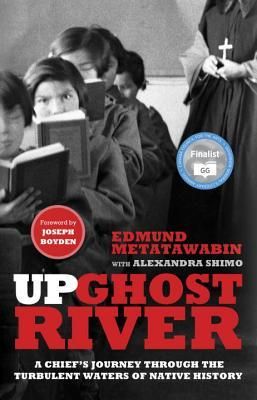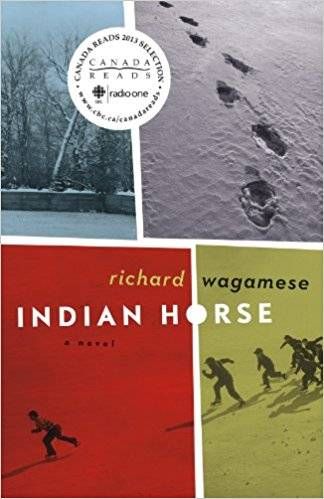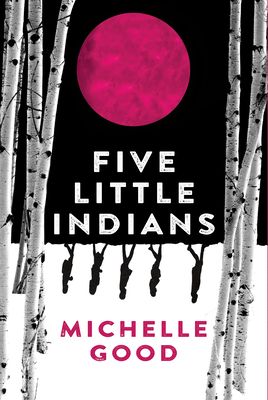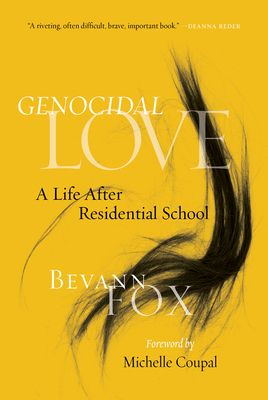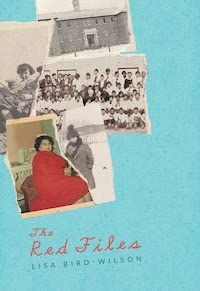In May 2021, the remains of 215 children were found at the former residential school in Kamloops. This is a devastating discovery, although the reason this has come to light is because of the Tk’emlúps te Secwépemc community’s long fight to not have these children forgotten. As horrific as that number is, this is only one unmarked gravesite. There have already been 104 more potential graves located at a Manitoba residential school. Every former residential school in Canada needs to be searched, because it was not uncommon to have unmarked graves on the grounds of these schools. It is hard to overstate the pain and damage Canada’s long history of residential schools has done — in fact, even the word “history” is misleading, since it is only very recently that this practice has stopped, and generations of survivors are still alive. From the late 1800s, and only officially ending in 1996 with the last residential school closure, children were taken from their homes and robbed of their family and culture. Physical and sexual abuse was common. They were used as free labour: the Kamloops residential school in question used half days, and the other half of the day children were made to work, often in agriculture. The mortality rates in these schools were incredibly high. Although these numbers were not consistently reported, it’s estimated between 30 and 60% of children died within five years of attending residential schools. It was an act of genocide, one meant to permanently erase Indigenous identity and culture. This had far-reaching consequences for survivors and their families, who deal with intergenerational trauma. These communities also demonstrate incredible resilience and healing: after generations of attempted genocide from the Canadian government, Indigenous culture continues to be passed down, and even languages thought lost or that only had a handful of speakers are seeing revitalization. In this post, I’ve included some history books, memoirs, novels, and poetry collections about residential schools. I want to preface this by saying that I am not an expert and I am not Indigenous. The best way to make sure you are being respectful and getting accurate information is to make connections with your local Indigenous nations. I also invite you to find an Indigenous-owned bookstore to order these from. I’m a personal fan of Iron Dog Books, but here is a list of more across the U.S. and Canada.
History Books
Memoirs Dealing With Residential Schools
Fiction
Poetry
This is only a selection of books about residential schools. I invite you to do your own research, especially regarding local Indigenous communities. In addition to these titles, another place to start is listening to Historica Canada’s Residential Schools podcast series. Note: This is not written by an Indigenous author. Note: This is not written by an Indigenous author. If you’re looking for ways to start conversations about residential schools with the kids in your life, try these Picture Books To Teach Children About Residential Schools.
